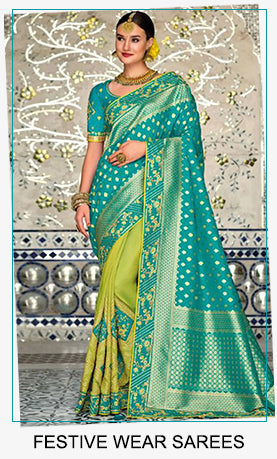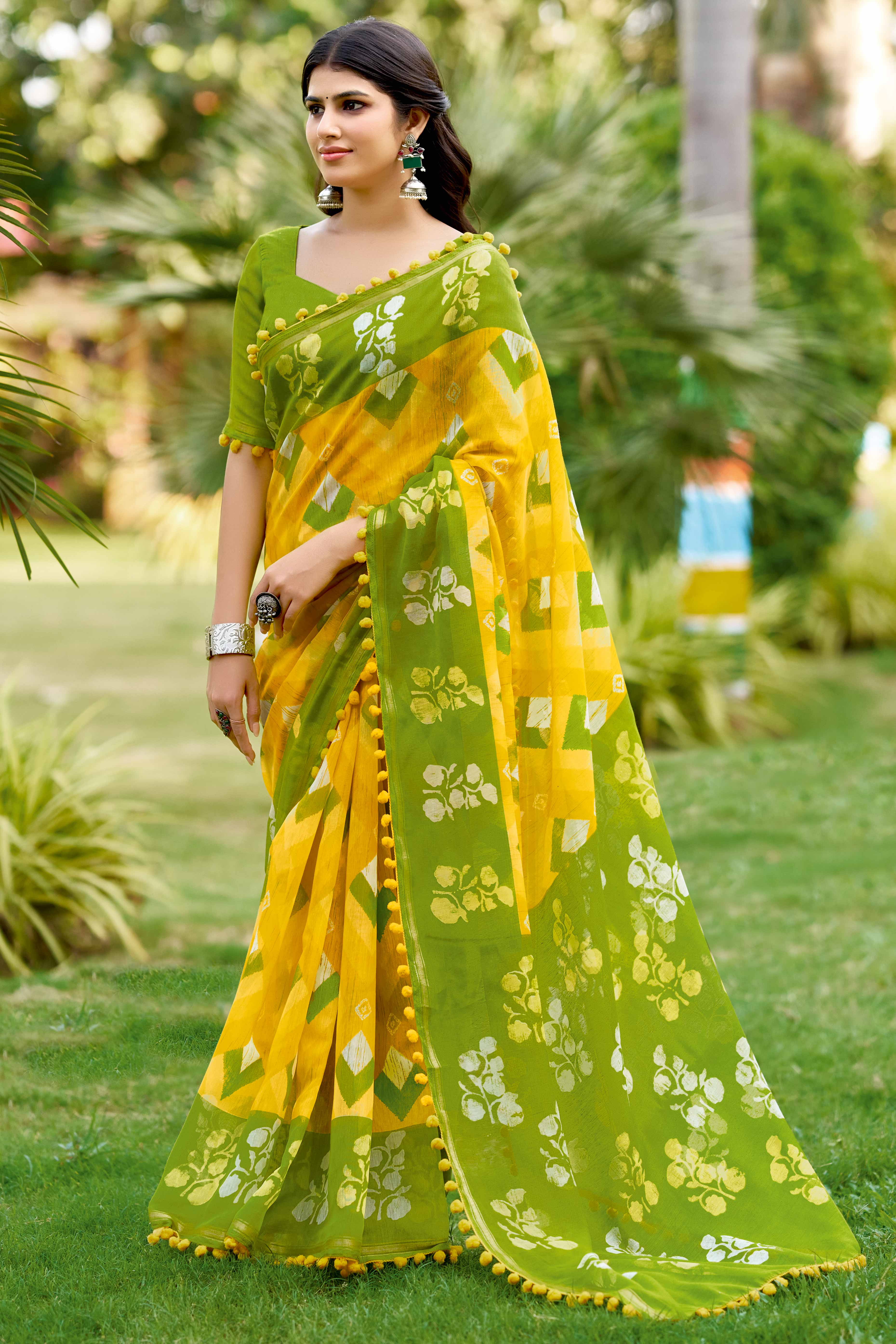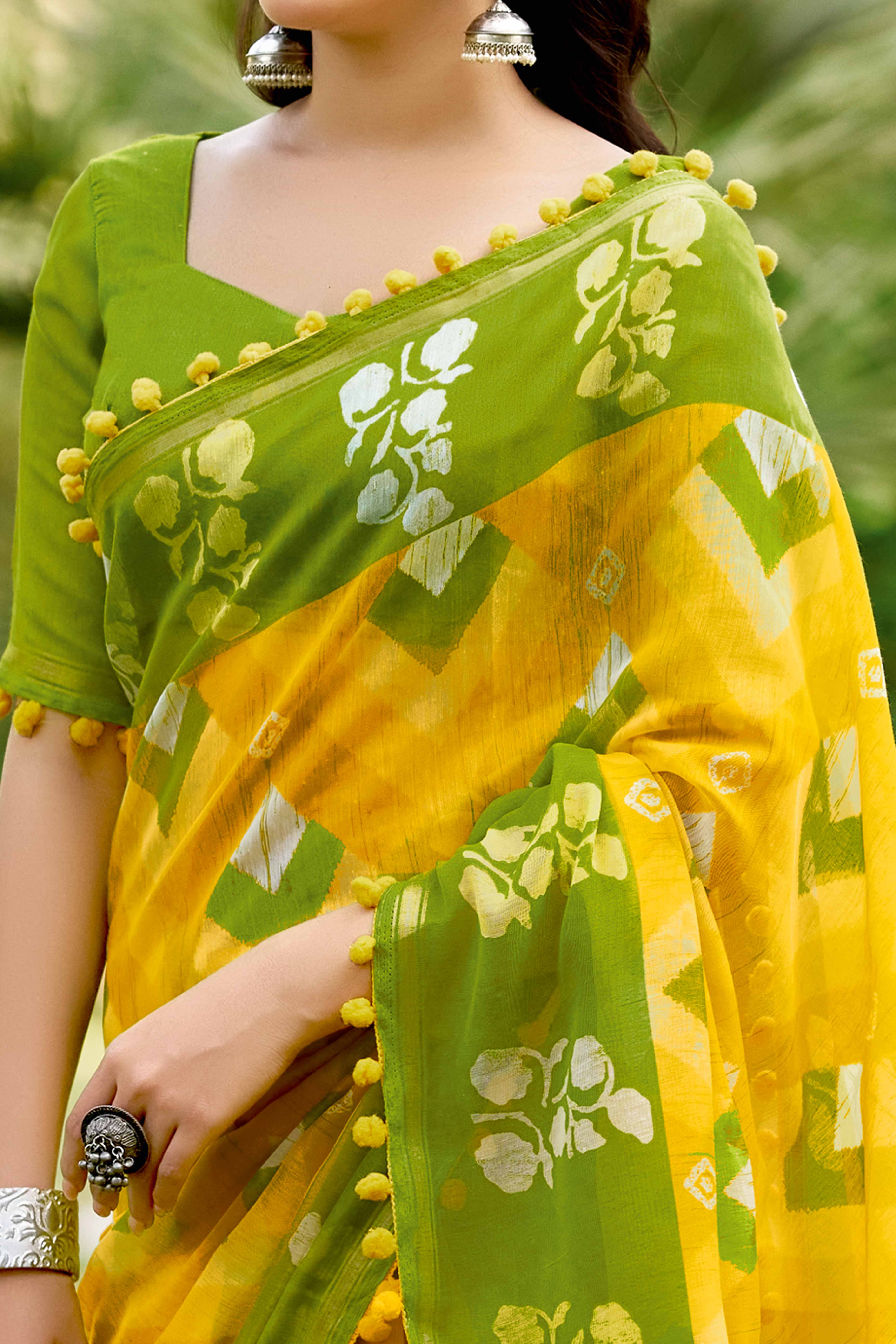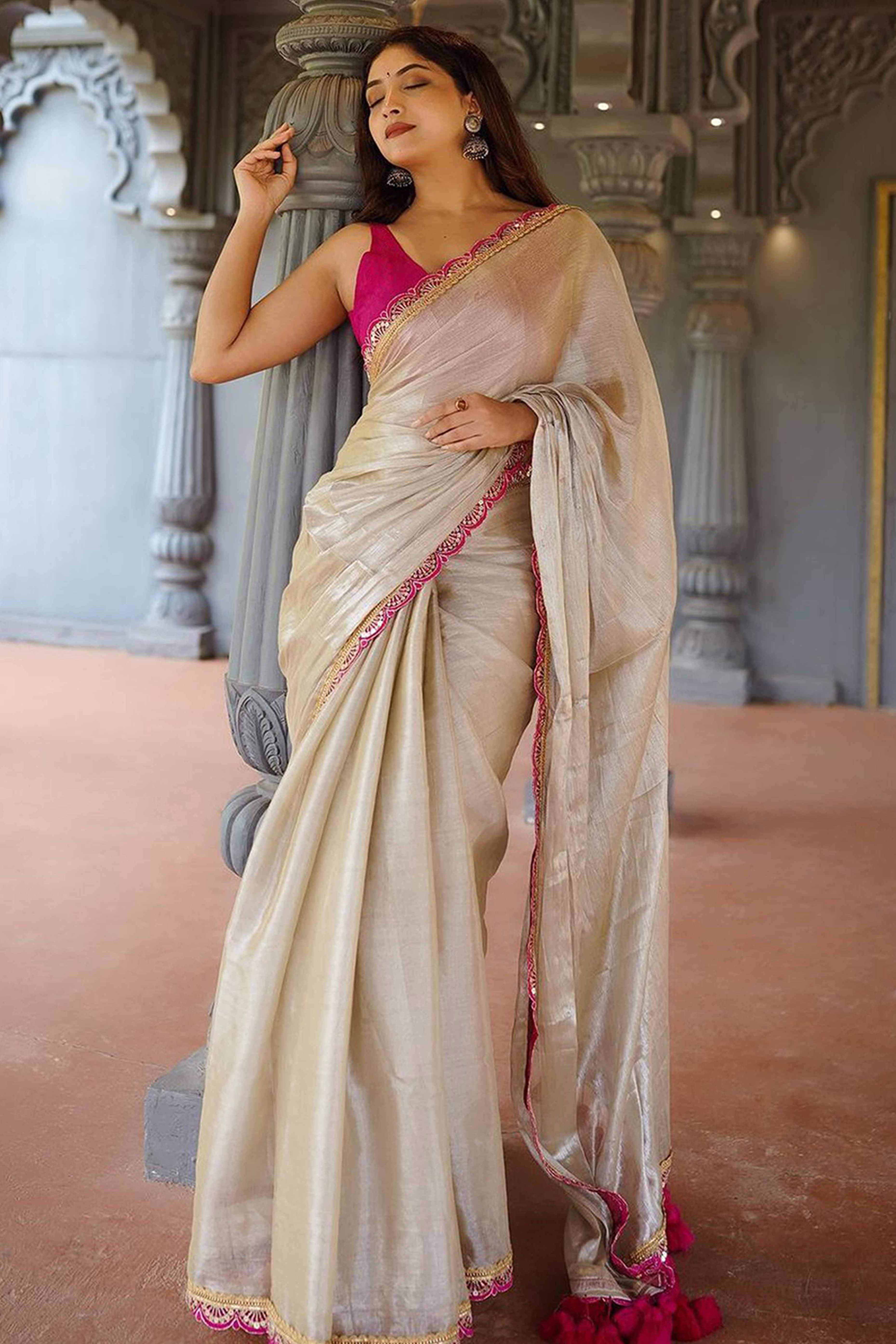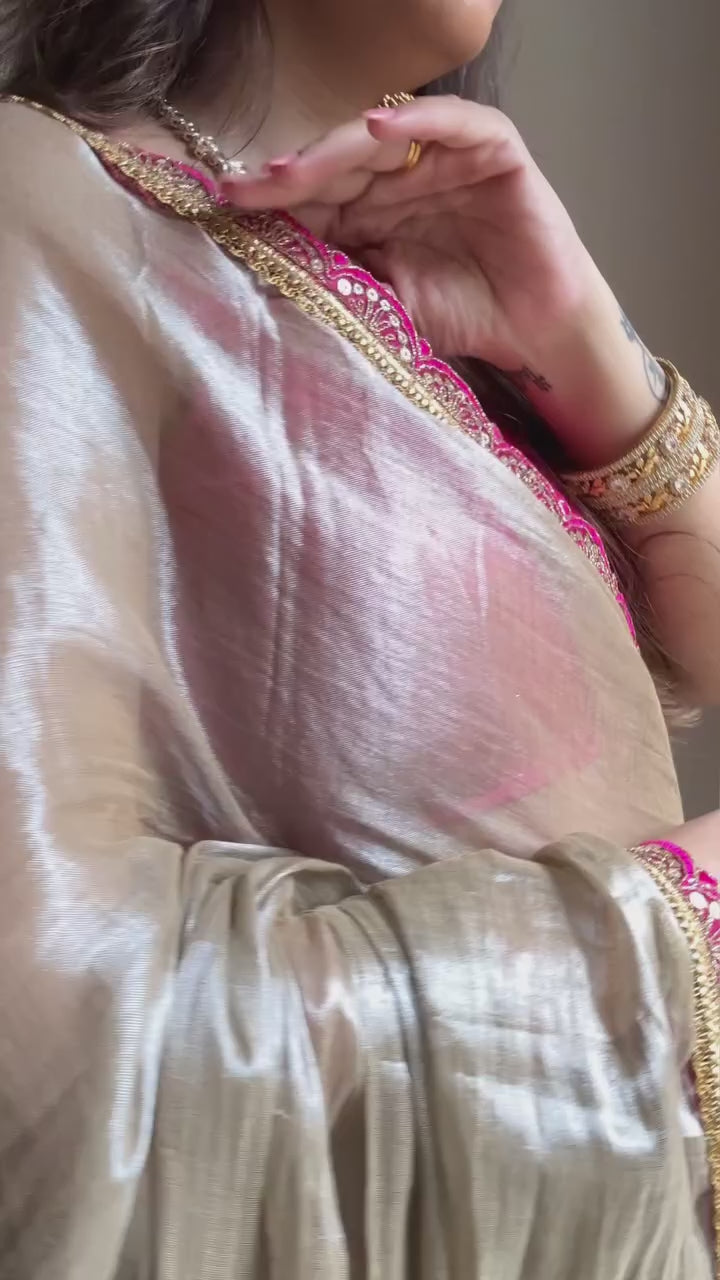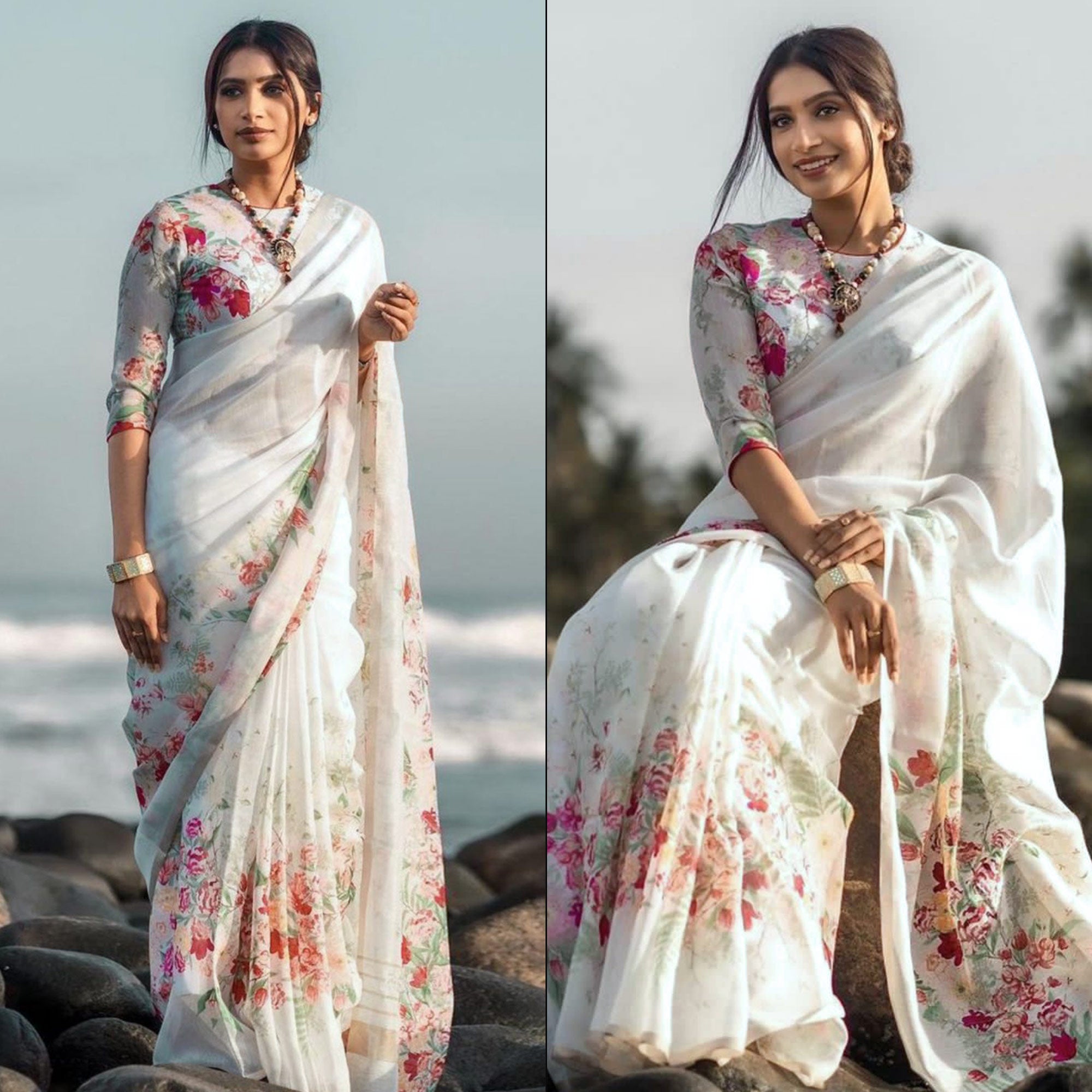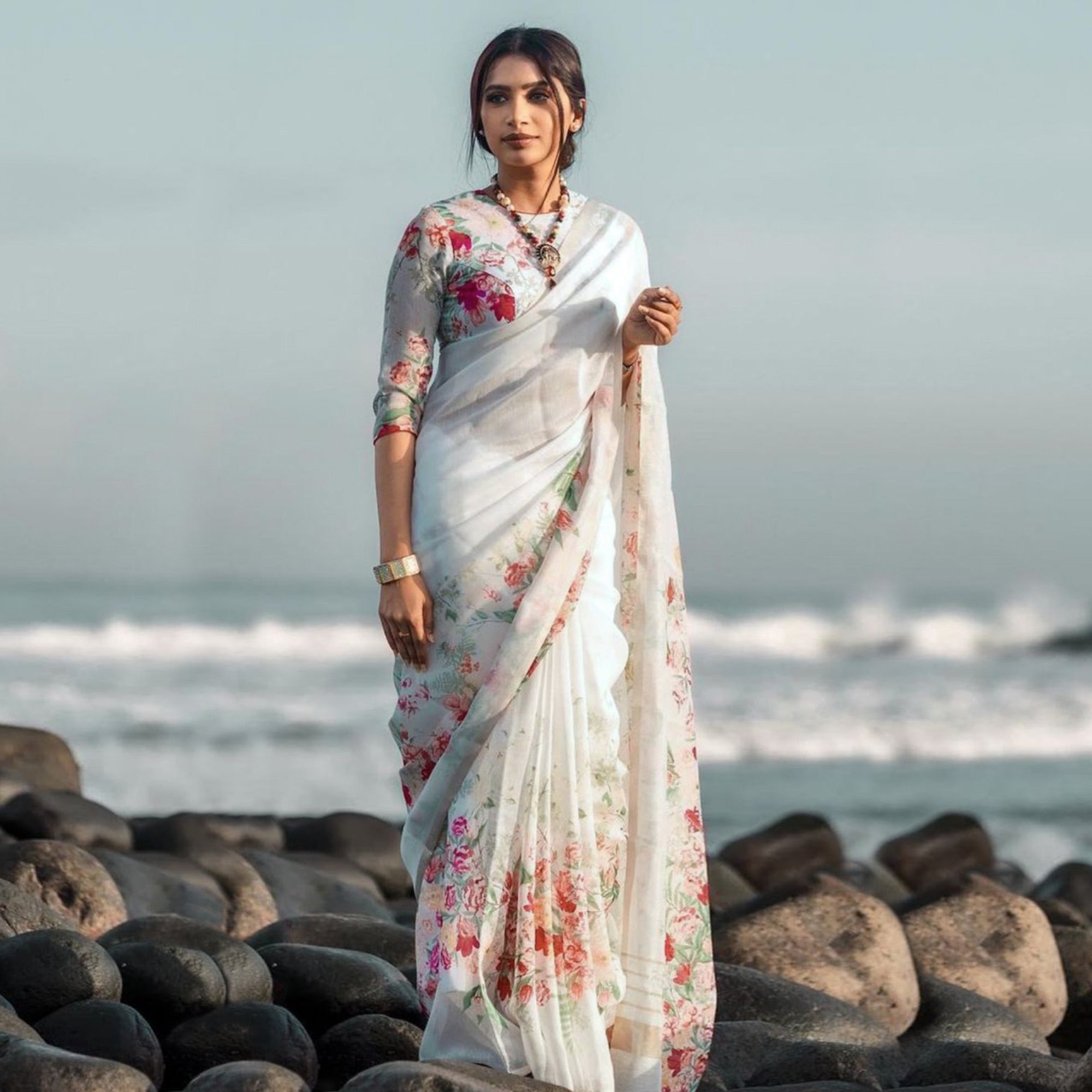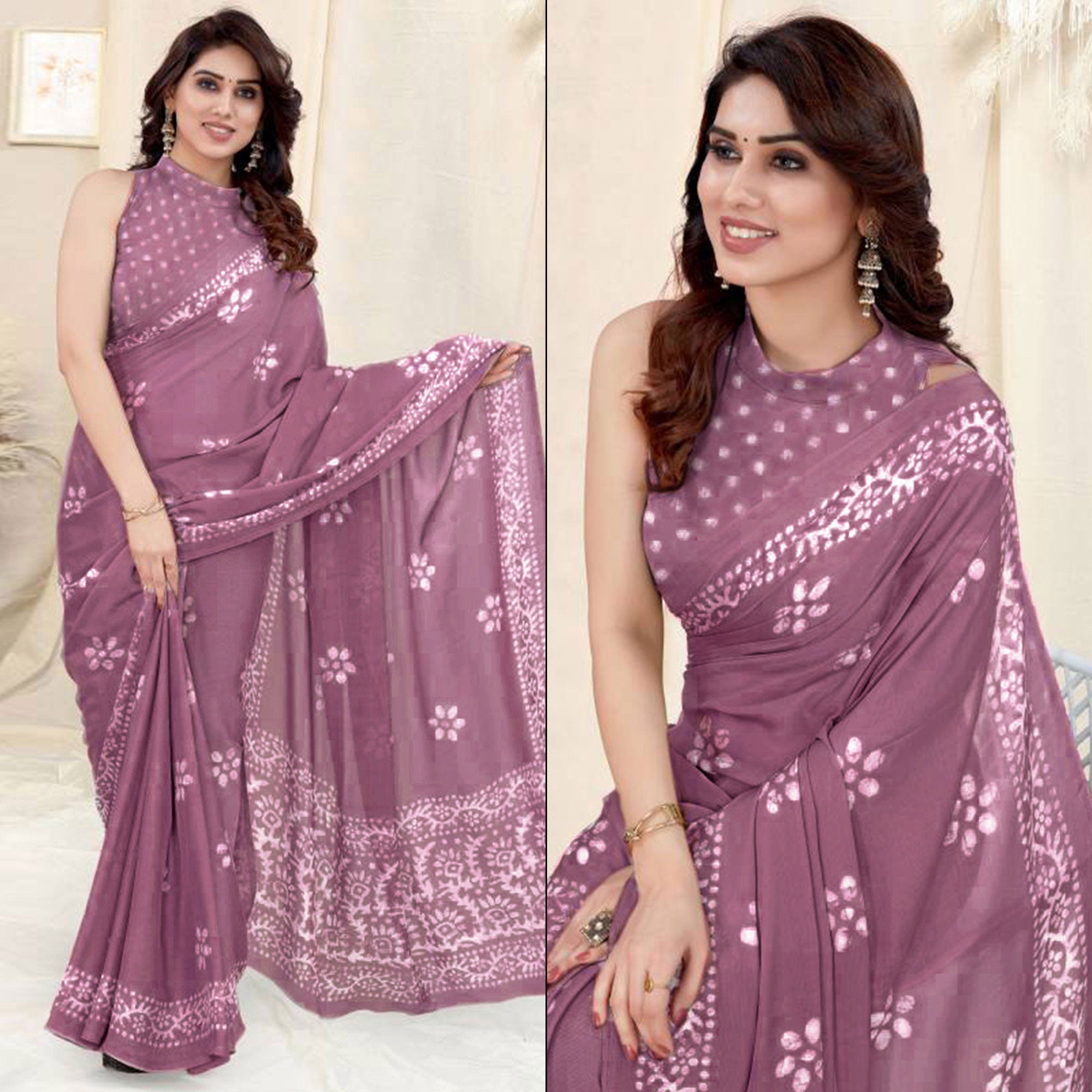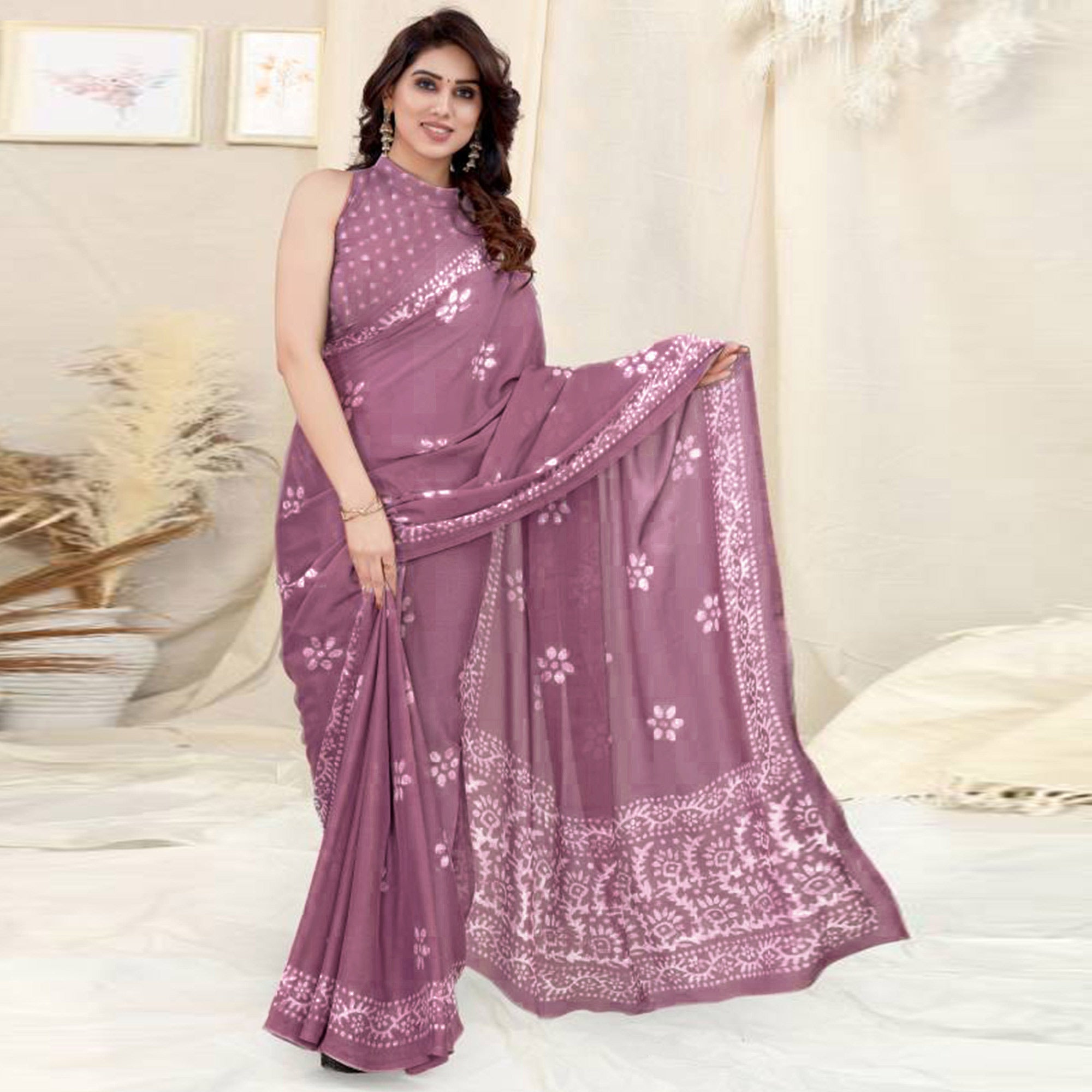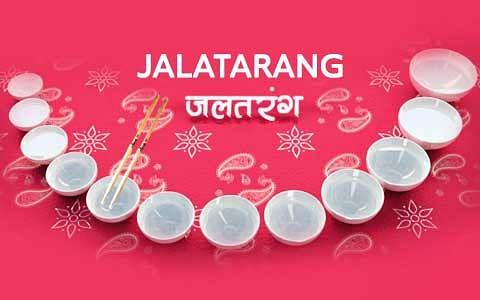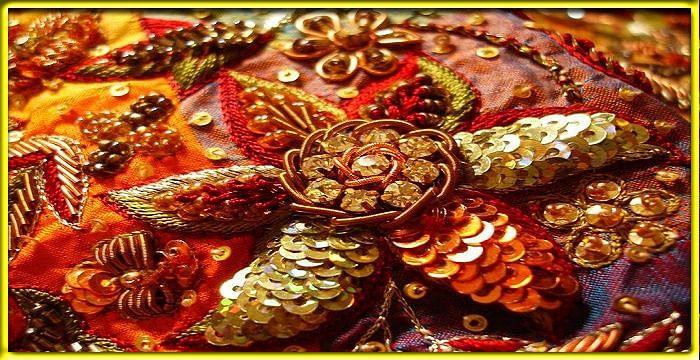The first month of the brand new year 2020 is on and we are ahead of the most fun of all the traditional festivals we have- Makar Sankranti and Lohri. Let’s have a quick look at the interesting stories behind these festivals and browse down to buy our handpicked festive apparels for you to wear and bring in the festive fervour right on!
Makar Sankranti
Makar Sankranti is one of the most auspicious occasions for the Hindus. On this day, the sun enters the planet of Makar and also marks the end of the harsh winter months. Days are longer after Makar Sankranti.
Although Makar Sankranti invariably falls on the 14th of January every year, this year, Makar Sankranti will fall on the 15th of January. Starting the day of Makar Sankranti, the sun starts its journey towards the northern direction i.e in the Uttarayan phase. Hence this festival is also known as Uttarayan.
The festival of Makar Sankranti takes after the name of the deity Sankranti who killed the devil Sankarasur.
The period up to Makar Sankranti is known as Dakshinayan.
Celebrating Makar Sankranti in different regions of India
In Uttar Pradesh, specifically in Allahabad, a special fair called the Magh festival is organised which begins on the day of Makar Sankranti. In other parts of the state, a special fest is organised known as the Khichdi mela. People donate khichdi which is then distributed amongst the poor.
In the state of Bihar, people donate urad, rice, gold, woollen clothes, blankets etc. as a mark of the festival.
The festival of Makar Sankranti coincides with Pongal in Tamil Nadu. In Gujarat and Maharashtra, the festival of Makar Sankranti is widely celebrated by flying kites and eating til-gudd laddoo. They are generally accompanied by the saying, "Til-gul ghya ani gud gud bola", which translates to 'eat these sesame seeds and jaggary and speak sweet words'.
Post the festival of Makar Sankranti, the spring season officially sets in in India. Another popular belief that revolves around this festival is that on this day, the Sun God forgets his anger on his son Shani and visits him. Thus, by distributing sweets, everyone is asked to spread joy around. Also, since the festival falls in winter, eating of sesame (til) and jaggary (gudd) is considered beneficial to health as they are warm foods. Thus, it is specifically this sweet that's distributed as it signifies bonding and good health.
This festival is predominantly a harvest festival in India and is celebrated across all the regions and states of the country.
Kite Flying and Makar Sankranti
In olden days, to increase immunity and ensure good amount of sun light intake by the body, people would sit in sunlight through the day especially early in the morning as the atmosphere that time of the day is pure and more calming. During Makar Sankranti, the sun shines relatively brighter and the days are longer too. So to make this sun basking activity more fun, the fun activity of kite flying was introduced to give this festival an added element of excitement.
Lohri
The festival of Lohri falls on January 13 every year. Many people believe that the festival of Lohri takes its name after the wife of Sant Kabir, Loi. Another story of origin of its name goes that it is derived from the word Loh which means fire and warmth and enlightenment of the soul from within.
In Punjab, the festival of Lohri holds a special place in the lives of newly weds and that of a new born child as it is believed to bring about extreme success and prosperity in their lives.
Newly wed ladies wear jewellery and new clothes gifted to them by their in laws.
Lohri also is very important and prominently celebrated festival among the farmers. It signifies the harvesting period, especially of the rabi crops and the farmers ring in this festival by dancing to the beats of dhol.
Farmers see Lohri as their financial new year as it ensures stability in their lives and also lays the foundation and sowing of new crops and a brighter year ahead!
Fashion Tips
To retain the sanctity of these festivities, we recommend some ethereal ethnic wear! The color yellow is quite synonymous with both Makar Sankranti a sit is the color of spring festival and also of the fully-flowered crops! Flary, bright apparels sit quite well with these festivities.
We also recommend some groovy Patiala suits and gorgeous looking anarkali suits because nothing else evoke the festive fervour much like they do!
Peachmode wishes all of you lovely people a very happy and prosperous Makar Sankranti and festival of Lohri. May there be abundant joy and happiness in your lives! Don’t forget to shop these beautiful ethnic apparels especially listed out for you to further the essence of these festivals!!

